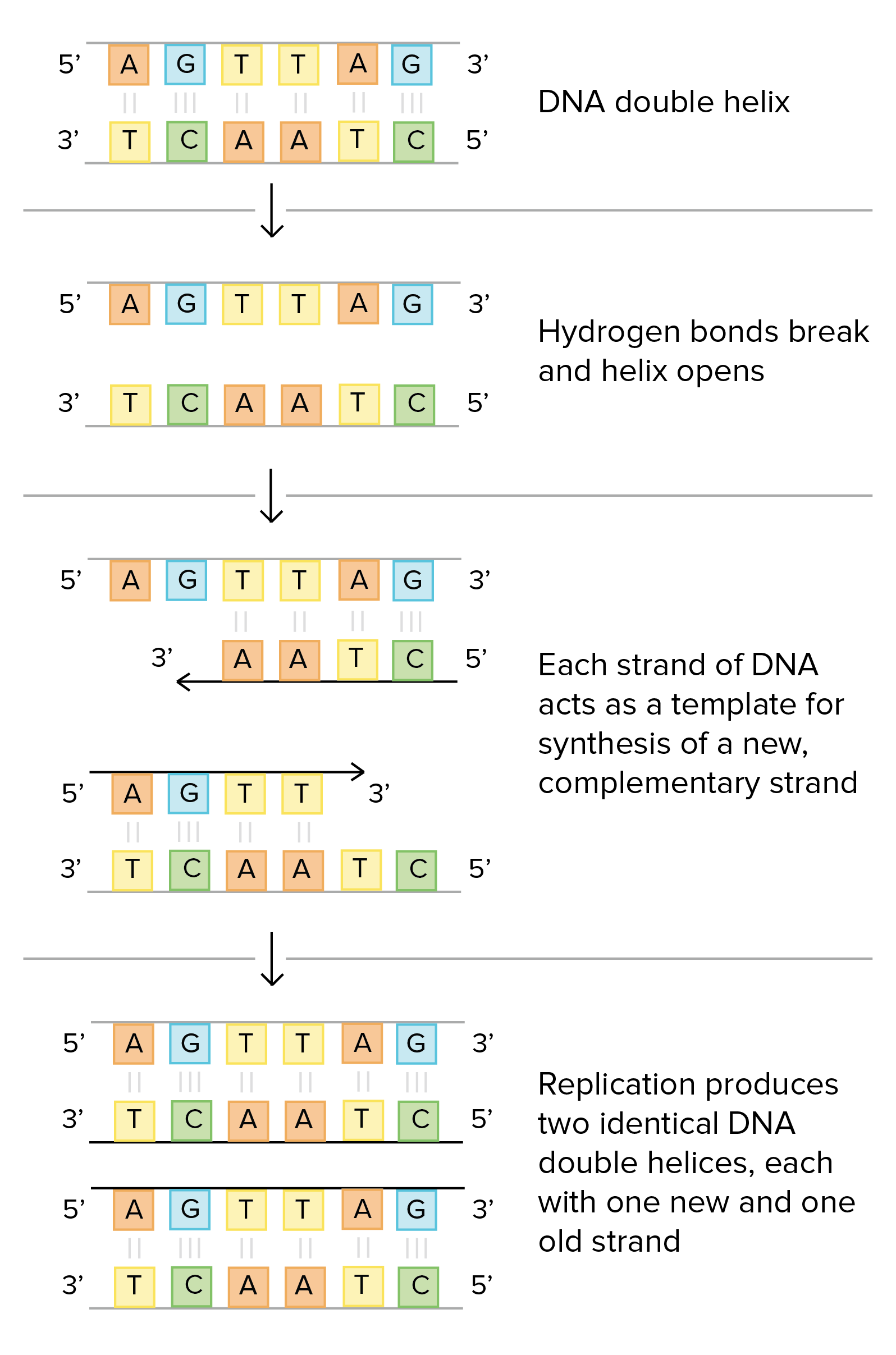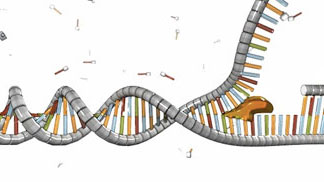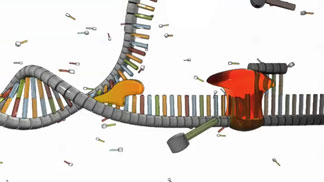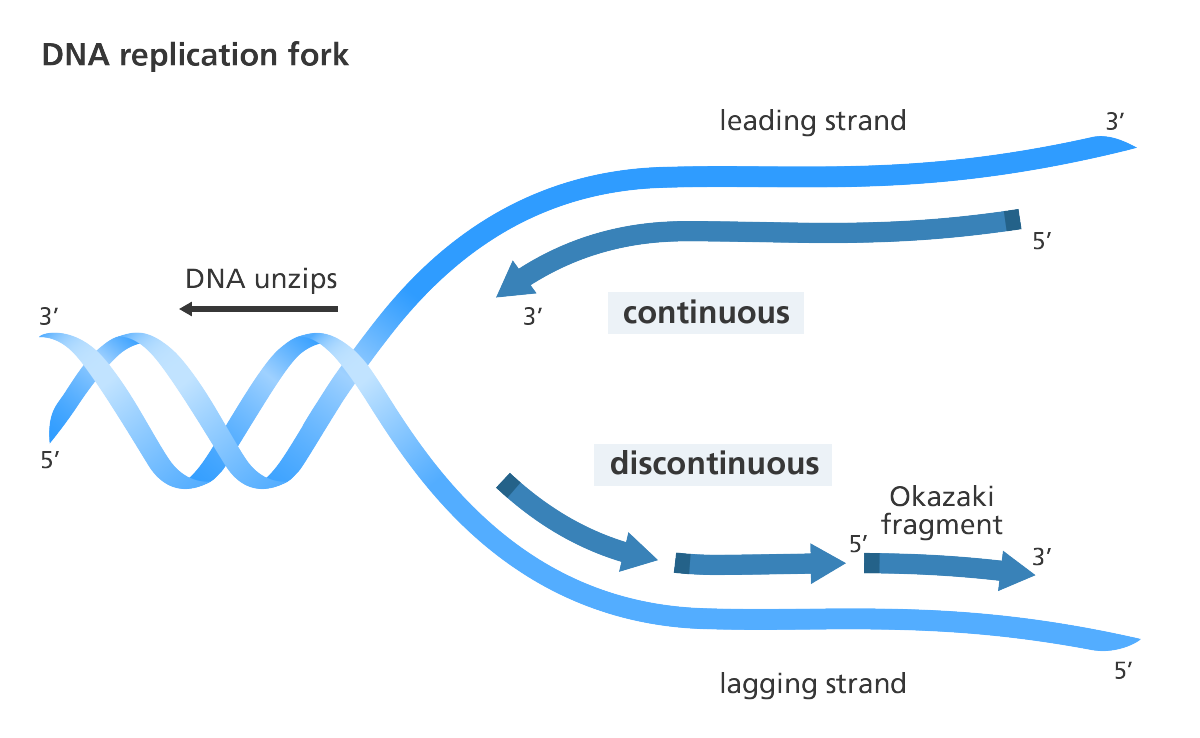Replication Study Guide
Introduction
Replicating a double-stranded DNA molecule into two identical DNA molecules is known as DNA replication. Because every time a cell splits, the two new daughter cells must have the same genetic information, or DNA, as the parent cell, replication is required.
Each strand of DNA may serve as a template for duplication, which is how the replication process works. The DNA double helix is unraveled at origins, where replication begins. After then, a short RNA piece called a primer is generated, which serves as a starting point for fresh DNA synthesis. The DNA is then replicated by an enzyme called DNA polymerase, which matches bases to the original strand. When the synthesis is complete, the RNA primers are replaced with DNA, and any gaps between freshly produced DNA segments are filled with enzymes.
Because DNA replication is an important operation, the cell proofreads the freshly manufactured DNA to verify that no errors or mutations are added. Once a cell’s DNA has been copied, it can split into two cells, each with an exact copy of the original DNA.
DNA replication process
Each strand of the DNA double helix serves as a template for the synthesis of a new, complementary strand, making DNA replication semiconservative.
This process transforms a single beginning molecule into two “daughter” molecules, each with one new and one old strand.
Schematic of Watson and Crick’s basic model of DNA replication
- The double helix of DNA.
- Hydrogen bonds break, allowing the helix to expand.
- Each DNA strand serves as a template for the formation of a new, complementary strand.
- Replication creates two identical DNA double helices, one with a new strand and the other with an old strand in a “semiconservative” process.
In a way, that’s all when it comes to the DNA replication process. The way this process is carried out in a cell, though, is what’s most fascinating about it.
Cells must duplicate their DNA swiftly and with little mistakes (or risk problems such as cancer). To accomplish so, they employ several enzymes and proteins that collaborate to ensure that DNA replication is carried out smoothly and precisely.
What triggers DNA replication?
There are two steps to starting DNA replication. A protein known as an initiator unwinds a small length of the DNA double helix first. The helicase protein then binds to and breaks the hydrogen bonds between the bases on the DNA strands, pushing the two strands apart. The helicase continues to break hydrogen bonds as it proceeds along the DNA molecule, separating the two polynucleotide chains.
While helicase and the initiator protein (not shown) separate the two polynucleotide chains, primase (red) assembles a primer. This primer permits the next step in the replication process.
DNA Replication Steps
Following are the important steps involved in DNA replication:
1. Initiation
DNA replication necessitates extreme precision since even little errors might result in mutations. As a result, replication cannot begin at any position in DNA at random.
An area known as the origin of replication is required for the process to begin. This is where the replication process begins. The spotting of this origin precedes the unwinding of the two DNA strands, which is the first step in replication.
Due to the enormous energy input, unzipping DNA strands in their whole is not possible. As a result, the helicase enzyme catalyzes the formation of a replication fork, which unzips the DNA strand.
2. Elongation
The DNA polymerase enzymes begin synthesizing the strands’ corresponding sequence when the strands are separated. The parental strands will serve as a template for the daughter strand synthesis.
It’s worth noting that elongation is unidirectional, meaning DNA is only polymerized in one direction: 5′ to 3′. This strand is called the leading strand. As a result, replication is continuous on one strand (the template 5′ to 3′), but replication is discontinuous on the other (the template 3′ to 5′). They appear in the form of Okazaki pieces and are called the lagging strand. Later, the enzyme DNA ligase connects these Okazaki fragments.
3. Termination
In various species, replication is terminated in different ways. Chromosomes of E.coli-like organisms are round, and this occurs when the two replication forks from the two terminals cross paths.
Conclusion:
- DNA replication process follows a semiconservative pattern. Each double helix strand serves as a template for creating a new, complementary strand.
- DNA polymerases, which require a template and a primer (starter) synthesize DNA in the 5′ to 3′ orientation, creating a new DNA strand.
- One new strand (the leading strand) is created as a continuous piece during DNA replication. On the other hand, the lagging strand comprises little bits.
- In addition to DNA polymerase, other enzymes such as DNA primase, DNA helicase, DNA ligase, and topoisomerase are required for DNA replication.
FAQs:
1. What is replication called?
Replication is the process of making two identical DNA molecules from a double-stranded DNA molecule. One of the most fundamental processes in a cell is DNA replication.
2. Why do cells replicate?
Because every time a cell splits, the two new daughter cells must have the same genetic information, or DNA, as the parent cell, replication is required. Once a cell’s DNA has been copied, it can split into two cells, each with an exact copy of the original DNA.
3. Where does replication occur?
In eukaryotes, replication occurs in the nucleus during the S phase of the cell cycle, but in prokaryotes, replication continues constantly.
4. What is RNA replication?
An enzyme that catalyzes RNA replication from an RNA template. It catalyzes the production of the complementary RNA strand to a given RNA template.
5. How do cells replicate?
The opening of the double helix and separation of the DNA strands, priming of the template strand, and construction of the new DNA segment are the three key phases in replication.
We hope you enjoyed studying this lesson and learned something cool about Replication! Join our Discord community to get any questions you may have answered and to engage with other students just like you! Don’t forget to download our App to experience our fun, VR classrooms – we promise, it makes studying much more fun! 😎
Sources:
- Replication. https://www.merriam-webster.com/dictionary/replication. Accessed 20 Dec, 2021.
- Molecular mechanism of DNA replication. https://www.khanacademy.org/science/ap-biology/gene-expression-and-regulation/replication/a/molecular-mechanism-of-dna-replication. Accessed 20 Dec, 2021.
- DNA Structure and Replication. https://flexbooks.ck12.org/cbook/ck-12-biology-flexbook-2.0/section/4.3/primary/lesson/dna-structure-and-replication-bio/. Accessed 20 Dec, 2021.




